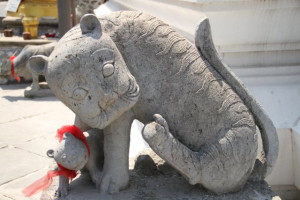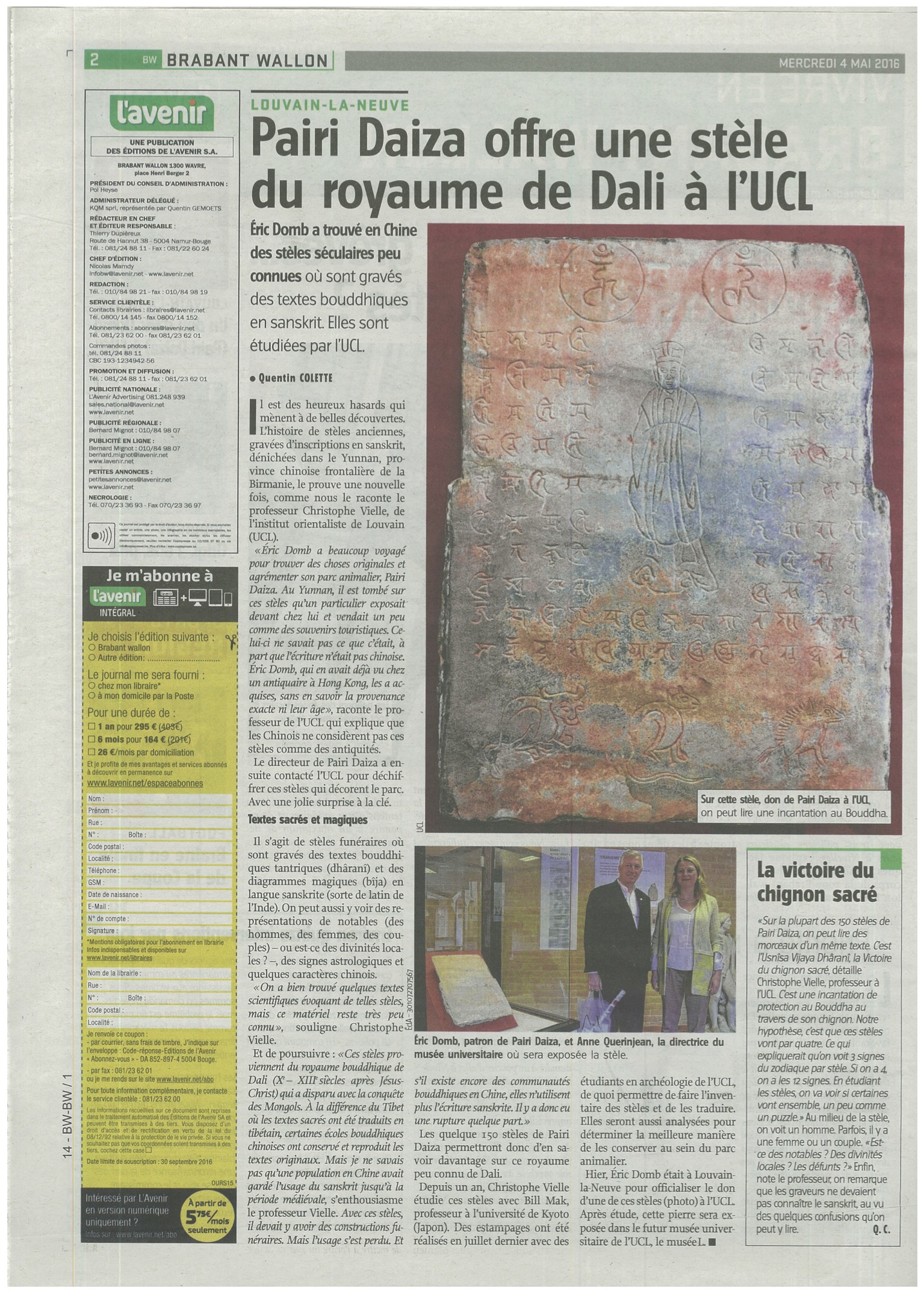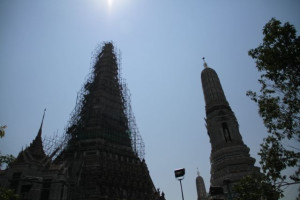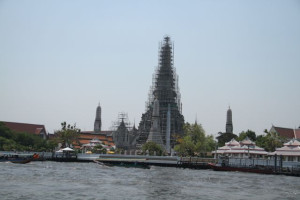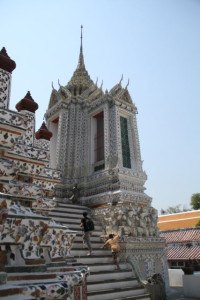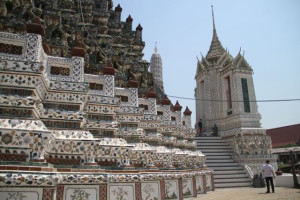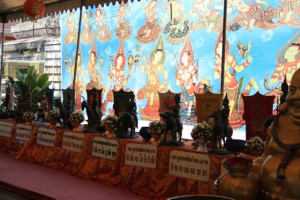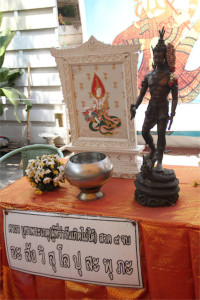Posts written by Bill M. Mak
Candimasutta, Suriyasutta
Eclipse, eclipse-god and eclipse worship in Buddhism
Topics we covered: Buddhism and astral science, Uposatha and Buddhist luni-solar calendar according to the Pāli Canon, astral iconography across Buddhist traditions in Asia, cosmological Buddhist architecture in Bangkok (Wat Pho and Wat Arun), Greco-Egyptian origin of planetary weekday and astral worship in Thai Buddhism.
I read with the students two passages from the Pāli Canon. One from the Mahavagga that talks about the origin of the Uposatha and recitation of Pāṭimokkhā twice a month, that is, at the end of a pakṣa to be precise. One from the Candimasutta in the Saṃyuttanikāya where the lunar eclipse was described in a dramatic and didactic manner. The Candimasutta was followed by a practically identical Suriyasutta where the solar eclipse was described instead. The curious thing about these texts is that they reflect the Buddha’s disinterest in the subject on one hand, and the saṃgha’s growing interest and need to learn about more advanced astral science on the other.
The myth of an eclipse-causing monster is ancient and is found in many ancient cultures. From the Near East sources, there were references to a mythical dragon which caused eclipse by devouring or wrapping around the Moon and it was origin of the constellation Draco. Varāhamihira in his Bṛhatsaṃhitā also mentioned about “someone’s” theory about the eclipse caused by the head and tail of a serpent. These ideas converged with the old Vedic eclipse anti-god Svarbhānu and eventually evolved into the two eclipse-causing pseudoplanets Rāhu and Ketu, which joined the patheon of grahas. The early Buddhist texts Candimasutta and Suriyasutta are curious in the sense that they attested to the very early stage of evolution of the eclipse myth in India, where there was only one eclipse-causing entity, namely Rāhu. The Moon and the Sun, frightened of being devoured, sought refuge in the Buddha, who came to their rescue and commanded Rāhu to release them.
On Saturday, together with the students we may visit a temple in Nakhon Pathom which worships the moon-eating demon Rāhu with “black objects”. The Thai name Nakhon Pathom comes from Pāli Nagarapraṭhama, meaning “the first city” refers to the long history of the region, which was the heart of the ancient Dvāravatī Kingdom (6th – 11th century) . It was believed that Buddhism entered this region at a very early age, possibly before the time of Aśoka in the third century BC. Although Thailand is now a Theravāda country, there was a layer of other forms of Buddhism in its early history. Most notably, there were Śaiva, Vaiṣṇava and also Mahāyāna influences as in the case of the neighboring Khmer Empire, as well as the Śrivijaya Kingdom further south in the Malay archipelago. The Indian astral practices were likely imported into the region through these different forms of Indian religions. The Thai Buddhists eventually absorbed these practices into their own worship.
By sheer coincidence, today morning we have a partial solar eclipse here in Bangkok, right outside my window. Since the eclipse was only 42%, it was really too bright to observe with naked eyes and you can see that the whole city just went on as normal without making a fuss. Luckily a few clouds helped to filter the light, and I managed to take a reasonably good photo when the eclipse was at its maximum.
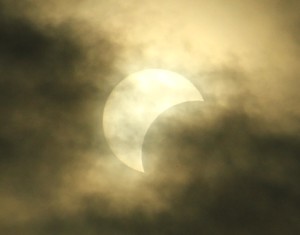
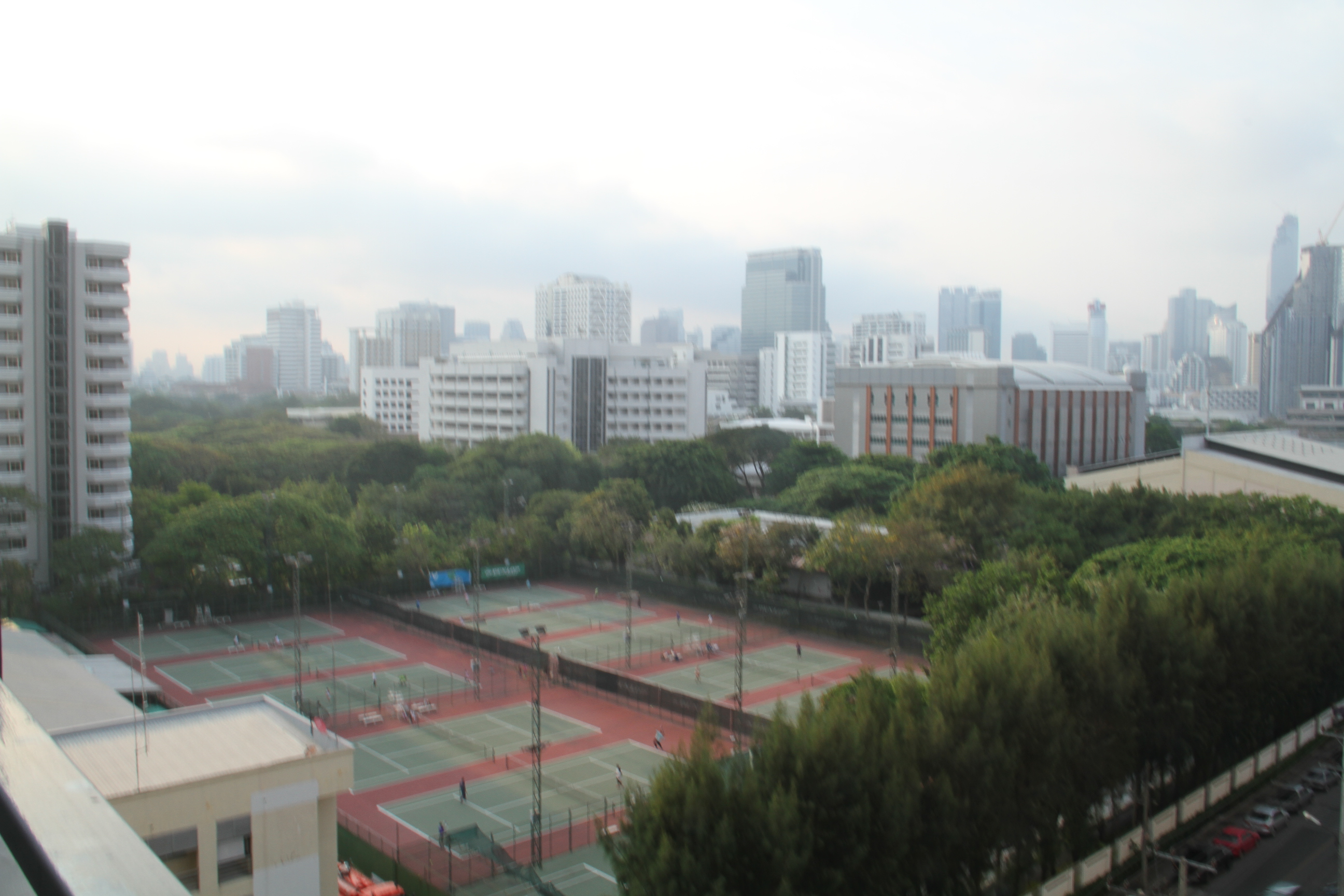
Planetary worship in Wat Arun, Bangkok, Thailand
In this temple, one finds also various Chinese elements which were likely added later. These include Chinese deities, most notably the guardian god and the twelve animals which representing the twelve directions.
